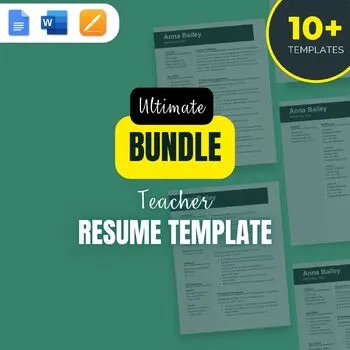Crafting an Effective Teachers Cover Letter
A well-crafted teachers cover letter is your first opportunity to make a strong impression on a potential employer. It’s your chance to showcase not only your skills and experience but also your passion for teaching and your understanding of the school’s needs. A cover letter should complement your resume, expanding on your qualifications and demonstrating why you’re the ideal candidate for the position. It provides a space to share your teaching philosophy, highlight specific achievements, and demonstrate your commitment to student success. Taking the time to create a compelling cover letter can significantly increase your chances of getting an interview and ultimately landing your dream teaching job. Remember, this is your chance to shine and stand out from the competition. (Image: teachers-cover-letter-image-1.webp)
Understanding the Purpose of a Cover Letter
The primary purpose of a teachers cover letter is to introduce yourself to the hiring committee, express your interest in the specific teaching position, and highlight the key aspects of your qualifications and experiences that align with the job requirements. A cover letter is more than just a formality; it is a crucial marketing tool. It allows you to personalize your application and to address the school’s specific needs and values. By clearly articulating your teaching philosophy, you can convey your dedication to student success and your understanding of the school’s mission. It is also your chance to provide context to your resume and explain any gaps in your employment history or career transitions. A well-written cover letter is a gateway to an interview. (Image: teachers-resume-image-2.webp)
Highlighting Your Qualifications and Skills
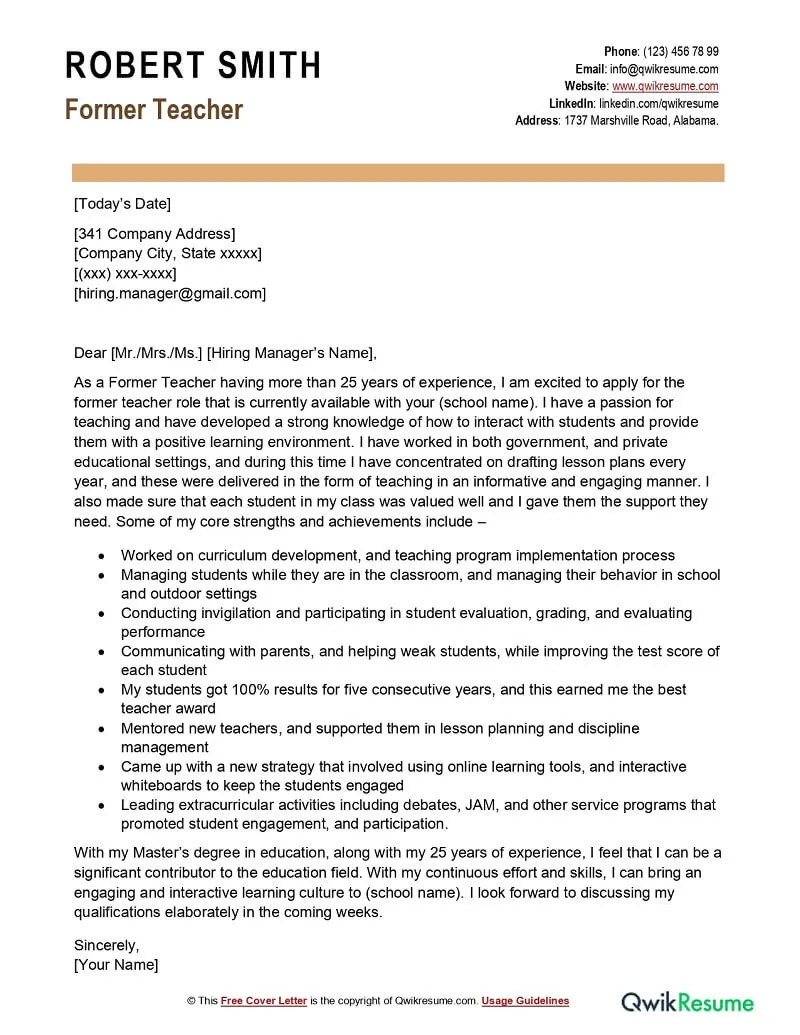
When writing your teachers cover letter, focus on the key qualifications and skills that make you an exceptional teacher. Begin by identifying the specific skills and experiences the school is looking for. Review the job description carefully and extract the essential requirements. Then, in your cover letter, use concrete examples to demonstrate how you possess these skills. Mention your experience with classroom management techniques, curriculum development, differentiated instruction, and any specialized areas of expertise. Be sure to quantify your achievements whenever possible. For example, you could mention improvements in student test scores, successful implementation of innovative teaching strategies, or any awards or recognitions you have received. Highlighting these achievements makes your application more compelling.
Emphasizing Relevant Experience
Your cover letter should emphasize the teaching experience most relevant to the position. Focus on experiences that align with the school’s specific needs and priorities. If the job description emphasizes experience with a particular age group, subject matter, or teaching approach, be sure to highlight your related experience. Give specific examples of your accomplishments in previous teaching roles. Did you develop and implement a successful lesson plan? Did you contribute to a positive classroom environment? Did you work collaboratively with other teachers or parents? Showcase how your past experiences have prepared you for the role. Quantify your achievements wherever you can. Provide concrete evidence that proves your abilities and accomplishments, making your cover letter more impactful and memorable. Remember to always tailor the experiences you include to match the specific job requirements. (Image: teacher-interview-image-3.webp)
Tailoring Your Cover Letter to the Job Description
One of the most important aspects of writing an effective teachers cover letter is tailoring it to each specific job description. Avoid using a generic cover letter template. Take the time to customize your letter for each application, showing the hiring committee that you are genuinely interested in their school and understand their requirements. Carefully read the job description and identify the key skills, qualifications, and experiences that the school is seeking. Then, in your cover letter, address each of these points explicitly, providing specific examples of how you meet or exceed their expectations. Research the school’s mission, values, and programs, and demonstrate how your teaching philosophy aligns with their goals. By tailoring your cover letter, you show that you are invested in the specific opportunity and have taken the time to understand the school’s needs. This personalization significantly increases the likelihood of your application being noticed and considered.
Researching the School and Its Values
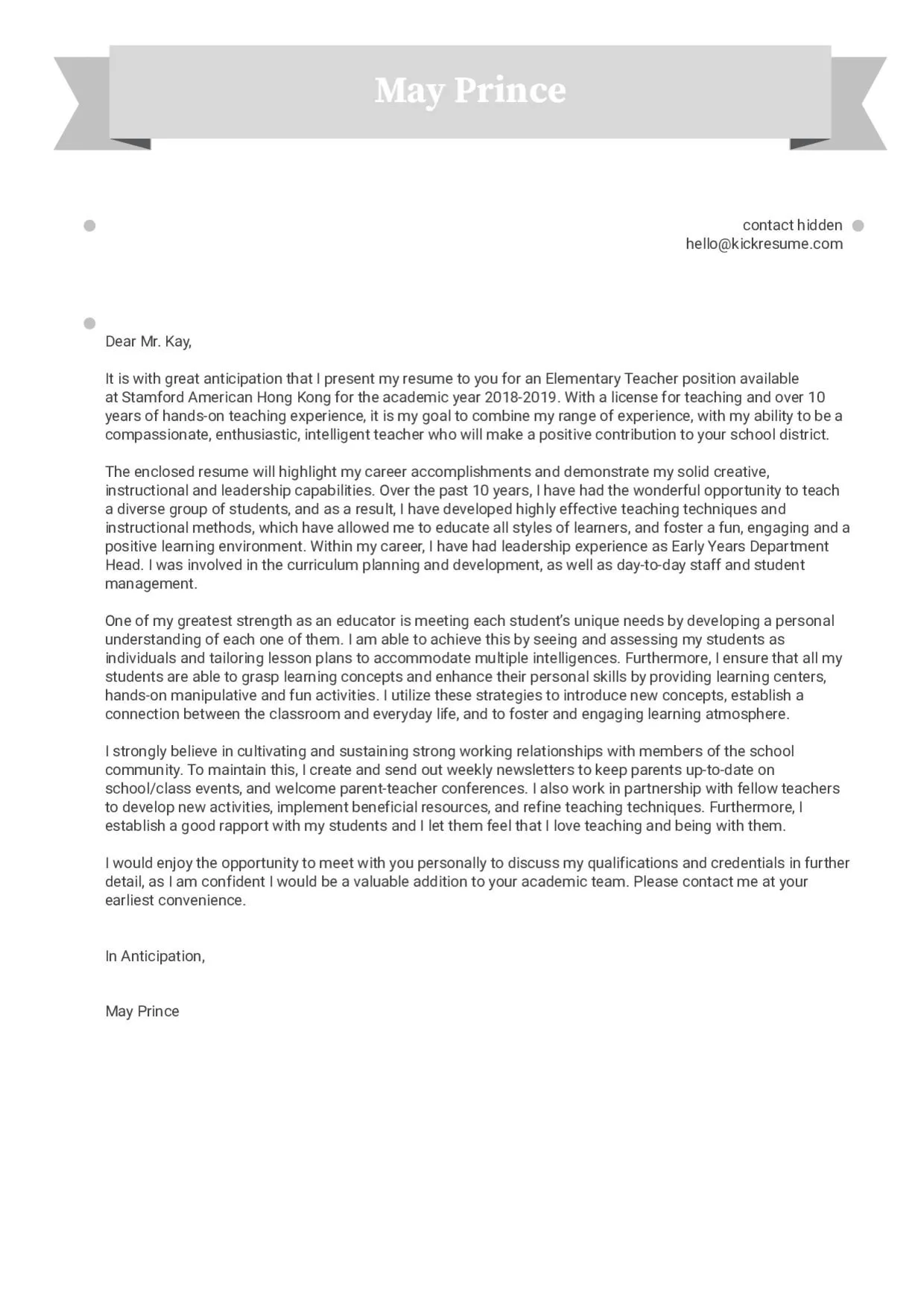
Before submitting your teachers cover letter and resume, take the time to research the school. Understanding the school’s mission, values, and culture will help you tailor your application and demonstrate your genuine interest in joining their community. Visit the school’s website, read about their programs and initiatives, and look for any information about their teaching philosophy or school culture. Identify the school’s key values and principles, and then demonstrate how your own values align with those of the school. Mention any specific programs or initiatives that resonate with you and explain how you can contribute to the school’s goals. If possible, research the school’s leadership team and any recent news or developments. Showing that you have done your homework and have a genuine interest in the school can significantly boost your chances of getting an interview. Your attention to detail reflects your dedication and commitment to their values.
Formatting Your Teachers Cover Letter
Formatting your teachers cover letter is critical for making a positive first impression. A well-formatted cover letter is easy to read, visually appealing, and demonstrates your professionalism. Start by choosing a professional font like Times New Roman, Arial, or Calibri, and use a font size between 10 and 12 points. Use consistent formatting throughout the letter, including margins, line spacing, and paragraph alignment. Keep your cover letter to one page, if possible. Use clear and concise language and avoid jargon or overly complex sentences. Break up long paragraphs into shorter, more manageable sections. Use bullet points or numbered lists to highlight your key skills and achievements. Proofread your cover letter carefully to check for any grammatical errors or typos. A clean, well-formatted cover letter shows attention to detail and professionalism, increasing your chances of being taken seriously. (Image: resume-tips-image-4.webp)
Structuring Your Cover Letter
A well-structured teachers cover letter follows a clear and logical flow. Begin with a compelling opening paragraph that grabs the reader’s attention and states the position you are applying for. Then, in the body paragraphs, highlight your qualifications and skills, providing specific examples to support your claims. Demonstrate how your experience aligns with the job requirements and the school’s values. In the closing paragraph, reiterate your interest in the position, express your gratitude for the opportunity, and include a call to action. Make sure each section flows naturally into the next. Use strong action verbs to describe your accomplishments and skills. Proofread your cover letter carefully to ensure that the structure is clear, the language is concise, and the overall message is compelling. A well-structured cover letter is easy to read and makes a strong positive impression on the hiring committee.
Writing a Compelling Opening
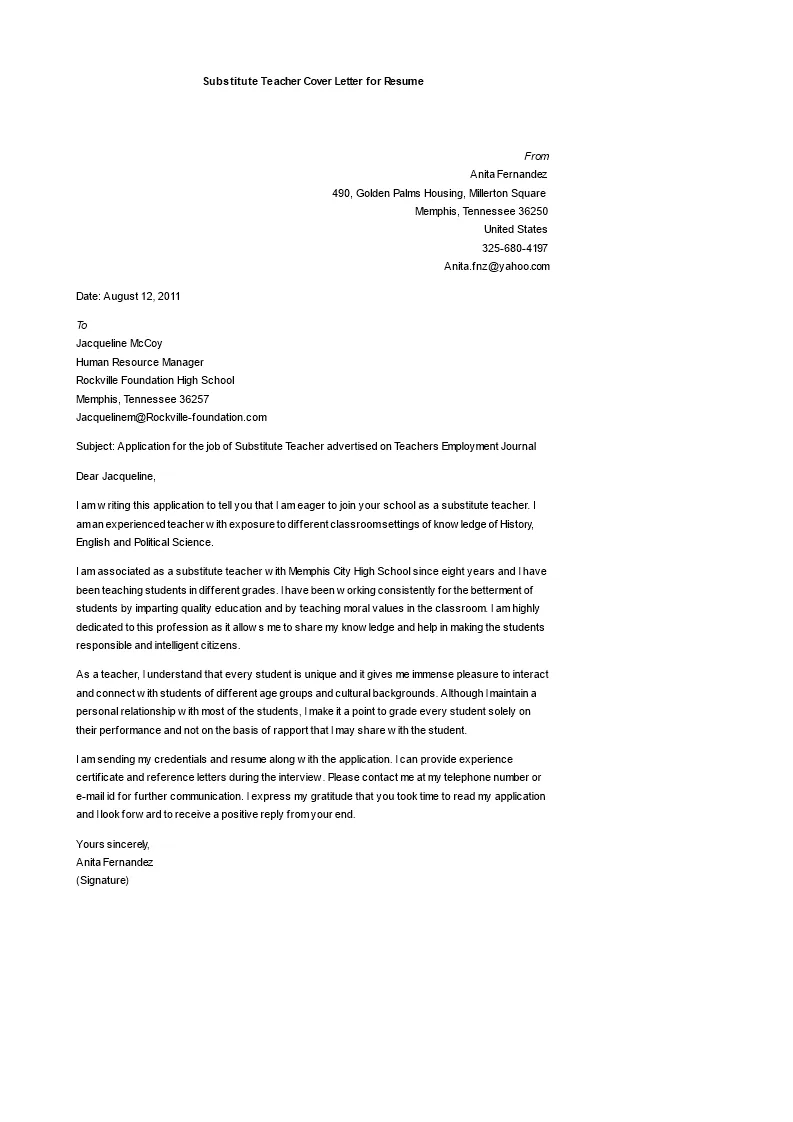
The opening paragraph of your teachers cover letter is your first and often only chance to make a strong impression. It should immediately grab the reader’s attention and encourage them to continue reading. Start by stating the position you are applying for and where you saw the advertisement. Express your enthusiasm for the opportunity and mention something specific that attracted you to the school or the position. Avoid generic opening lines like “I am writing to apply for the position of…” Instead, try something more engaging and personal. Consider mentioning a specific achievement, a personal connection to the school, or a skill or experience that directly relates to the job requirements. Your goal is to make the reader want to learn more about you. A compelling opening sets the tone for the rest of your letter and significantly increases your chances of getting the reader’s attention.
Developing Strong Body Paragraphs
The body paragraphs of your teachers cover letter are the heart of your application. Here, you will showcase your skills, experience, and qualifications. Each body paragraph should focus on a specific aspect of your qualifications and use concrete examples to support your claims. Start with a topic sentence that clearly states the main idea of the paragraph. Then, provide details about your accomplishments, using action verbs to describe your experiences. Quantify your achievements whenever possible. For example, you might mention the percentage increase in student test scores or the number of students you mentored. Demonstrate how your experiences align with the job requirements and the school’s values. Show, don’t just tell. Use specific examples to illustrate your skills, such as classroom management techniques, curriculum development, and differentiation strategies. A well-crafted body paragraph will effectively demonstrate your value as a teacher and highlight your key strengths.
Creating a Powerful Closing
Your closing paragraph is your last opportunity to leave a lasting impression. It should reiterate your interest in the position and express your enthusiasm for the opportunity. Summarize your key qualifications and emphasize how you can contribute to the school’s mission. Thank the hiring committee for their time and consideration. Include a call to action by stating that you are available for an interview and provide your contact information. Be sure to review your closing paragraph to ensure it is concise, professional, and leaves a positive impression. A powerful closing reaffirms your interest in the position and encourages the reader to take the next step in the hiring process. Make sure your contact information is accurate and up to date.
Resume Optimization for Teachers
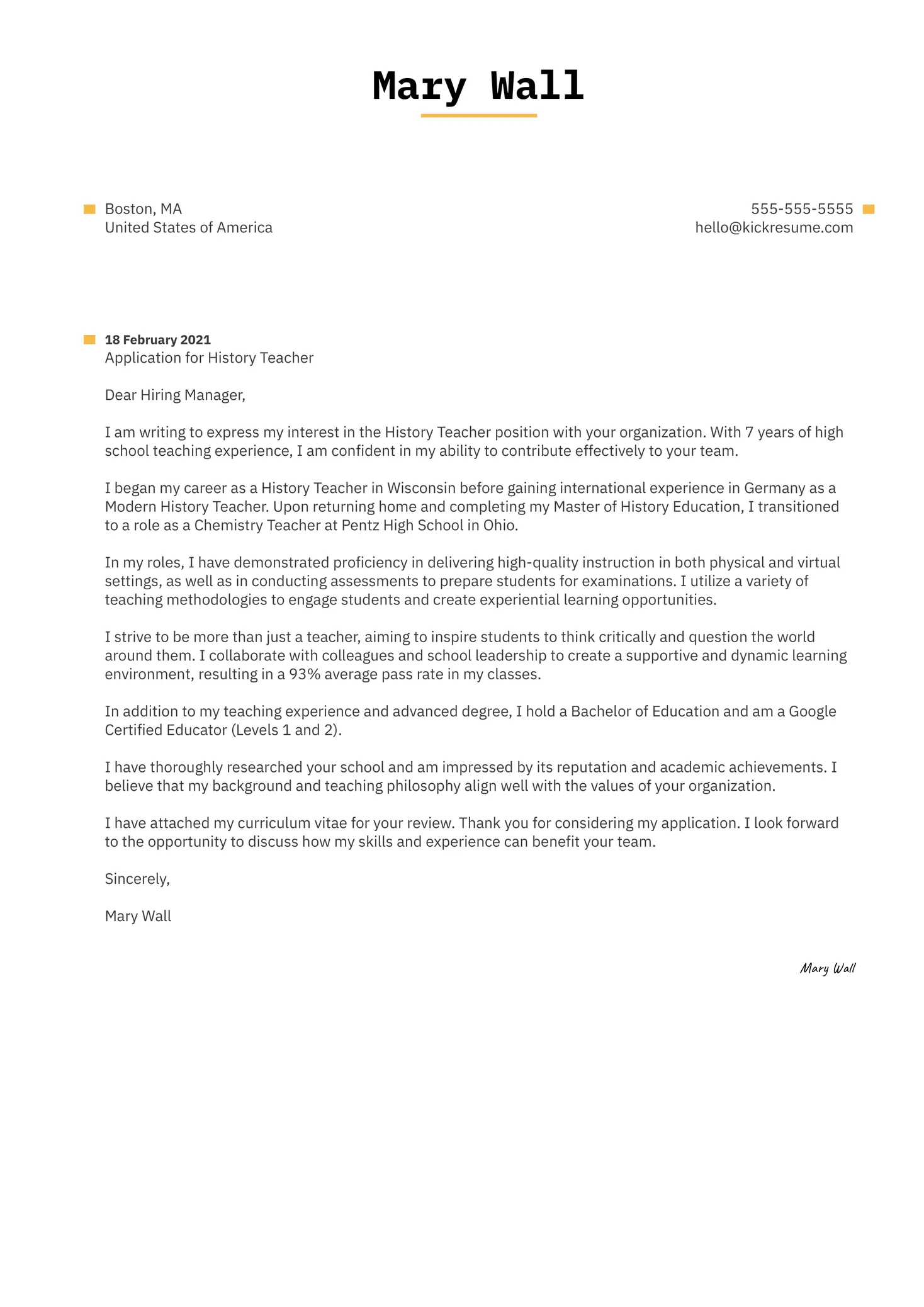
Your teachers resume is your professional summary that should be optimized to showcase your skills, experience, and achievements. It’s important to ensure your resume stands out from the competition. Your resume should be tailored to the specific job you are applying for. Start by reviewing the job description and identifying the keywords, skills, and qualifications the school is seeking. Then, incorporate those keywords throughout your resume, highlighting your relevant experience and achievements. Use action verbs to describe your responsibilities and accomplishments. Quantify your achievements whenever possible by including specific numbers or data that illustrate your impact. Proofread your resume carefully for any errors. Your goal is to make your resume easy to read and highlight the reasons why you are the perfect candidate. (Image: teacher-job-image-5.webp)
Designing a Professional Resume
The design of your teachers resume plays a crucial role in its effectiveness. A well-designed resume is easy to read, visually appealing, and clearly communicates your qualifications. Choose a professional and clean format. Avoid cluttered layouts or overly complex designs. Use a standard font like Times New Roman, Arial, or Calibri, and use a font size between 10 and 12 points. Use consistent formatting throughout the resume, including margins, line spacing, and paragraph alignment. Use headings and subheadings to organize your information clearly and logically. Make sure your resume is easy to scan. Your goal is to highlight your key qualifications and make it easy for the hiring committee to find the information they are looking for. Ensure that your resume is visually appealing and reflects a professional image.
Choosing the Right Resume Format
Choosing the right resume format is critical for effectively showcasing your skills and experience. There are several resume formats to consider, and the best one for you will depend on your career background and the specific job you are applying for. The most common format is the chronological resume, which lists your work experience in reverse chronological order. This format is ideal if you have a consistent work history and want to highlight your career progression. Another option is the functional resume, which emphasizes your skills and abilities rather than your work history. This format is beneficial if you have gaps in your employment history or are changing careers. A combination resume blends elements of both the chronological and functional formats. This format allows you to highlight your skills while also showcasing your work experience. The most appropriate choice depends on your specific needs. Carefully consider your experience and the job requirements when deciding which format to use.
Highlighting Key Achievements
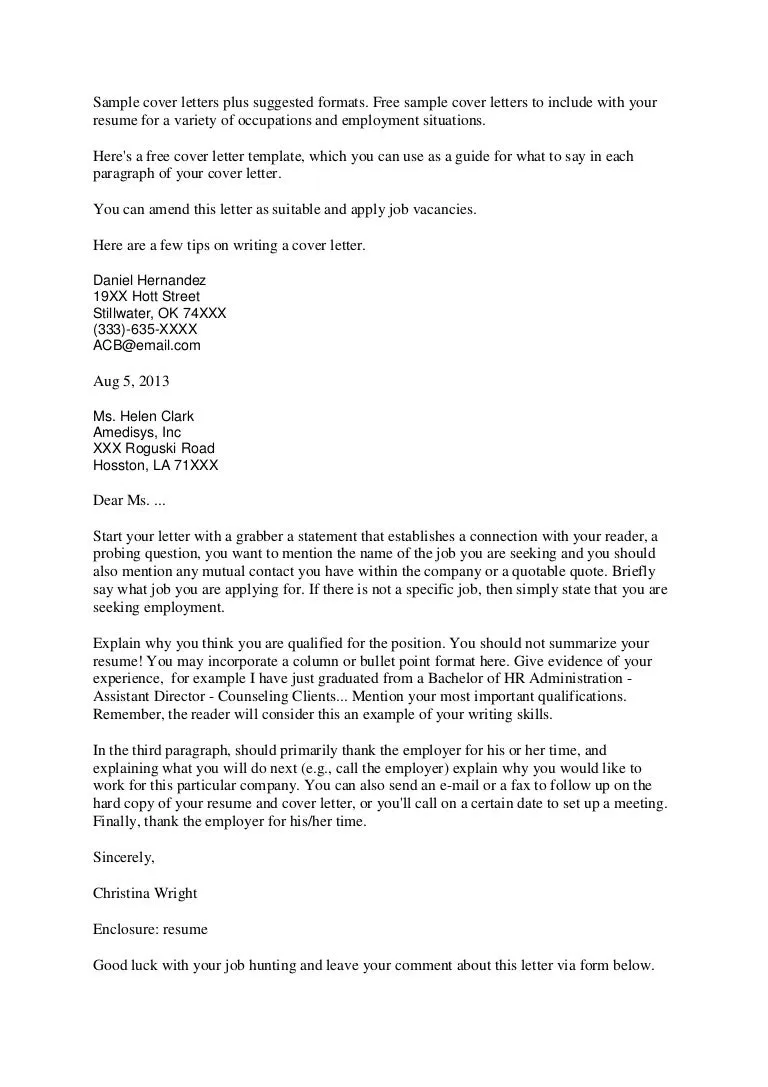
Highlighting your key achievements is essential for making your teachers resume stand out. Rather than simply listing your job responsibilities, focus on your accomplishments and the impact you’ve made in previous roles. Use action verbs to describe your achievements and provide specific examples of your successes. Quantify your achievements whenever possible. Instead of saying you “improved student performance,” state the percentage increase in test scores. Mention any awards or recognitions you have received. Include any innovative projects you’ve led or successfully implemented. Show how you have contributed to the growth and success of your students and schools. Be sure to tailor your achievements to the specific job requirements. Your goal is to demonstrate your value and make a strong impression on the hiring committee. Emphasize the skills and results that are most relevant to the position.
Using Action Verbs Effectively
Using action verbs effectively is key to writing a compelling teachers resume. Action verbs bring your accomplishments to life and demonstrate your skills and abilities. Start each bullet point with a strong action verb to describe your responsibilities and achievements. Here are some examples: “Developed,” “Implemented,” “Managed,” “Created,” “Led,” “Collaborated,” “Mentored,” and “Achieved.” Choose action verbs that accurately reflect your role and the impact you made. For instance, instead of saying “Responsible for teaching,” try “Instructed students in…” or “Facilitated student learning through…” Avoid using weak verbs such as “Helped” or “Assisted.” The goal is to showcase your skills and contributions. Your use of action verbs will make your resume more dynamic and informative. Review your bullet points to ensure you have a variety of verbs and that they accurately describe your accomplishments.
Structuring Your Resume for Clarity
A well-structured teachers resume is easy to read and navigate. Use clear headings and subheadings to organize your information logically. Common sections include a professional summary or objective, experience, education, and skills. Within each section, use bullet points to list your accomplishments and responsibilities. Use clear and concise language. Make sure the layout is visually appealing, with appropriate spacing and margins. Use a professional font and a consistent format throughout the resume. Your experience section should highlight your teaching roles in reverse chronological order. Include the name of the school, the dates of employment, and a brief description of your responsibilities and achievements. Make sure your resume is easy to scan and that the most important information is easy to find. The structure is designed to highlight the key information and skills that make you the ideal candidate for the role.
Keywords and ATS Systems
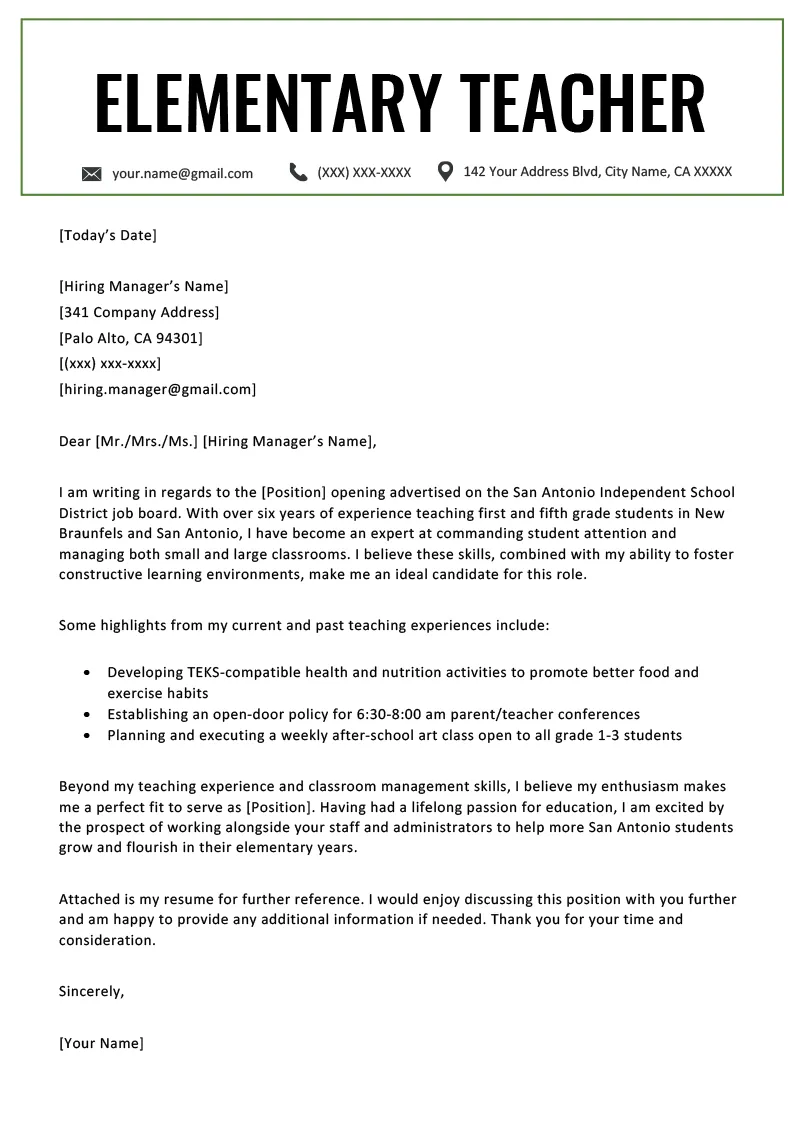
Many schools use Applicant Tracking Systems (ATS) to screen resumes. It is essential to understand how ATS systems work and to optimize your resume accordingly. ATS systems scan resumes for keywords and phrases related to the job description. If your resume doesn’t contain the right keywords, it may be rejected before a human even sees it. Review the job description carefully and identify the keywords and phrases the school is looking for. Then, incorporate those keywords throughout your resume, highlighting your relevant experience and achievements. Use variations of the keywords and phrases to ensure your resume is not penalized. Keep your resume clean and easy to read. Avoid using images, tables, or unusual formatting that may confuse the ATS system. By optimizing your resume for ATS systems, you can significantly increase your chances of getting your application seen by a human reviewer.
Proofreading and Editing Your Documents
Proofreading and editing your teachers cover letter and resume is crucial for demonstrating professionalism and attention to detail. Errors in your application materials can undermine your credibility and make a negative impression. Carefully proofread your cover letter and resume for any spelling, grammar, punctuation, and formatting errors. Use a spell checker and grammar checker, but don’t rely on them entirely. Read your documents aloud. Ask a friend, family member, or career counselor to review your application materials. They can offer a fresh perspective and catch errors you might have missed. Be sure to check for consistency in your formatting. Ensure that your contact information is accurate and up to date. Proofreading and editing is a critical step. It demonstrates your commitment to excellence and increases your chances of getting an interview. (Image: cover-letter-example-image-6.webp)
Common Mistakes to Avoid
There are several common mistakes that teachers should avoid when writing their cover letter and resume. One major mistake is using a generic cover letter that isn’t tailored to the specific job. Another mistake is failing to proofread your documents for errors. Ensure that your resume is not too long, ideally one or two pages. Avoid using jargon, clichés, or overly complex language. Another mistake is not highlighting your key achievements and quantifiable results. Avoid using a casual or unprofessional tone. Make sure your resume and cover letter are free of any formatting errors, and ensure that your contact information is correct and up-to-date. By avoiding these common mistakes, you can significantly improve your chances of creating a winning application.
Formatting Issues
Formatting issues can significantly detract from the readability and professionalism of your teachers cover letter and resume. Some common formatting issues include inconsistent margins, spacing, and font styles. Ensure that you use a professional font and a consistent font size throughout your documents. Avoid using excessive bolding, italics, or underlining. Make sure your contact information is easy to find and read. Use clear and concise language and avoid overly complex sentence structures. Review your cover letter and resume for any formatting errors. You want to show attention to detail. By paying attention to the format, your application will be easier to read. It also shows that you take pride in your work and are organized.
Generic Language
Using generic language is a common mistake that can make your teachers cover letter and resume less effective. Avoid using clichés, buzzwords, or generic phrases that don’t provide any specific information about your skills and accomplishments. Instead of saying “I am a team player,” provide specific examples of how you’ve collaborated with others. Instead of saying “I have excellent communication skills,” describe how you have effectively communicated with students, parents, and colleagues. Use specific examples to back up your claims. Quantify your achievements whenever possible. Replace generic phrases with concrete details that showcase your skills and experience. Using specific language will demonstrate your value and make your application more memorable. By doing this, your application will stand out from the crowd.
Lack of Customization
A significant mistake is failing to customize your teachers cover letter and resume for each job application. Submitting the same generic cover letter and resume for multiple positions shows a lack of genuine interest and attention to detail. Tailor your cover letter and resume to each job description. Read the job description carefully and identify the key skills, qualifications, and experiences the school is seeking. Then, in your cover letter and resume, address those points explicitly. Highlight the relevant skills and experiences. Research the school and its values and demonstrate how your teaching philosophy aligns with their goals. By customizing your application, you demonstrate your interest in the specific opportunity and your understanding of the school’s needs. This is the most effective way to make your application stand out.
Spelling and Grammatical Errors
Spelling and grammatical errors in your teachers cover letter and resume can significantly undermine your credibility and make a negative impression on potential employers. These errors can suggest a lack of attention to detail, and a lack of professionalism. Before submitting your application, proofread your cover letter and resume carefully for any spelling, grammar, and punctuation errors. Use a spell checker and grammar checker, but don’t rely on them entirely. Read your documents aloud to catch any errors that you might have missed. Ask a friend, family member, or career counselor to review your cover letter and resume. If you’re uncertain about a particular grammar rule, consult a grammar guide or online resource. A clean, error-free application demonstrates your professionalism and makes a positive first impression.
Seeking Feedback and Review
Seeking feedback and review is a critical step in the job application process. Getting an objective perspective on your teachers cover letter and resume can help you identify areas for improvement and ensure that your application is as strong as possible. Ask friends, family members, or career counselors to review your cover letter and resume. Ask them to provide honest feedback. Share your application with experienced teachers or hiring managers. They can offer valuable insights. Consider using a professional resume writing service. They have experience. Ask for feedback on all aspects of your application. This includes content, structure, formatting, and the overall presentation. Feedback is crucial for fine-tuning your application and improving your chances of success. (Image: teacher-success-image-7.webp)
Professional Review Services
Using professional review services can be a worthwhile investment in your job search. These services provide expert feedback and guidance on your teachers cover letter and resume. Professional resume writers have experience creating compelling applications that grab the attention of hiring managers. They are familiar with the latest resume trends and best practices. They can help you tailor your application to the specific job requirements. They can also identify areas for improvement. Professional services offer proofreading, editing, and formatting assistance. They can help you highlight your key skills and accomplishments effectively. Investing in a professional review service can significantly increase your chances of getting an interview and landing your dream teaching job. Consider seeking professional help for a polished and effective application.
Teacher Cover Letter and Resume Best Practices
To get hired, remember these best practices. Tailor your cover letter and resume to each specific job description, and highlight your relevant skills, experience, and achievements. Use a professional and clean format. Keep it concise and easy to read. Proofread your documents carefully for any errors. Demonstrate your genuine interest in the school. Include a call to action. Ensure that your contact information is accurate and up to date. Seek feedback from trusted sources. Stay positive and persistent. By following these best practices, you can significantly increase your chances of getting hired. Your cover letter and resume are your professional marketing tools. They have a vital role in opening the door to your new teaching career.
